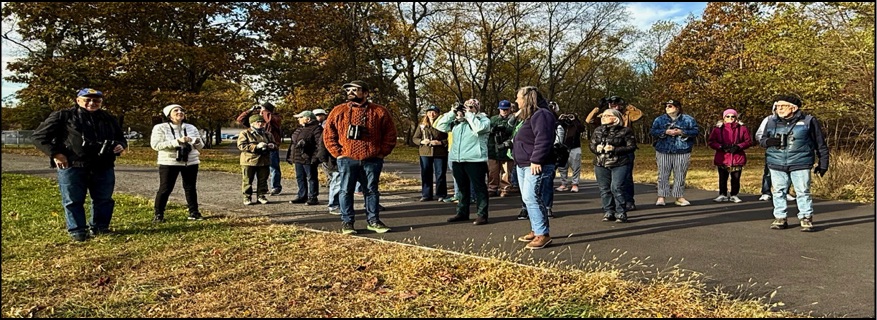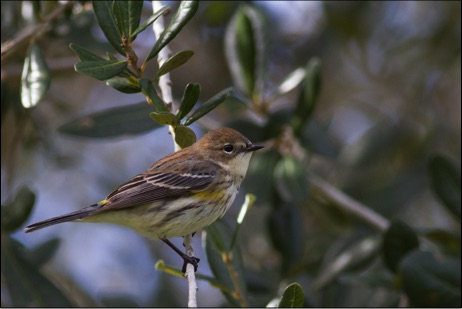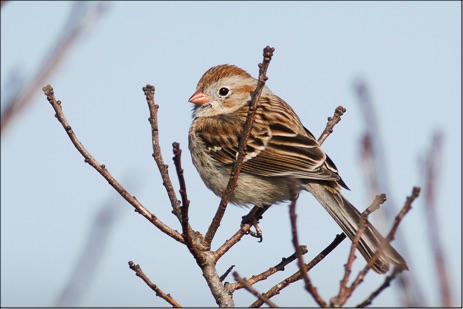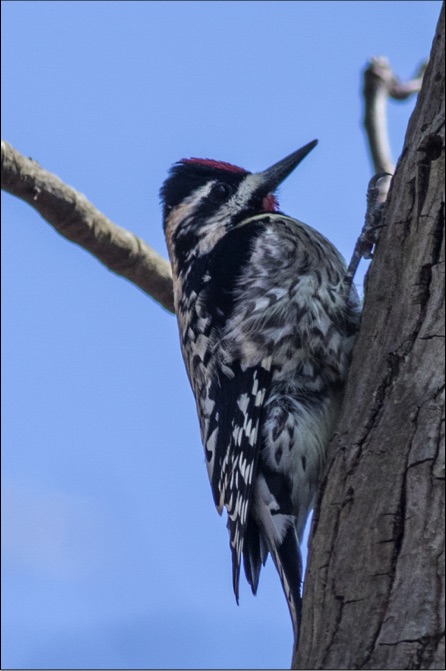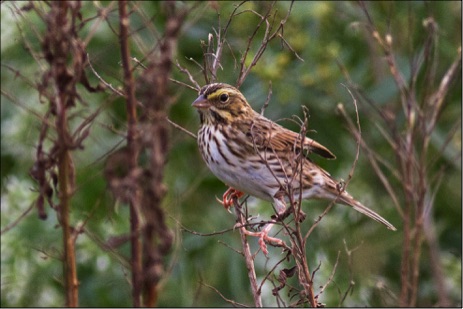All photos and text by Jack Rothman. All rights reserved. No photo may be copied or duplicated without written permission. Copyright 2025.
Updated 10/30/25
City Island Birds
Since 2007
Welcome to City Island Birds. My name is Jack Rothman. I created this website and birding club because this area of New York City is little known and underutilized by birdwatchers and other nature lovers. Pelham Bay Park, with its woods and wetlands is a critical stopover and nesting area to many migratory species.
Our Mission
City Island Birds was created in 2007 to bring birders, and would be birders, to the park. Everyone has always been and always will be welcome. Our walks are always inclusive, friendly, non-competitive, fun and free. We all love to see great birds, but without each other, it's never as enjoyable.
Saul's Science Watch
My birding buddy Saul has been writing wonderful science articles for the Hudson River Audubon Society. You can link for years of wonderful insights and information. Just scroll to the bottom of the page for a complete list of the articles.
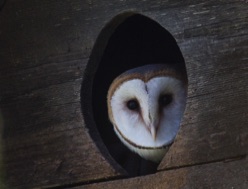
Five Quick Beginning Birding Suggestions
1. Go out with a group or an experienced leader. You'll learn how to use binoculars, find birds, meet interesting and friendly people.
2. Wear appropriate clothes. Weather is always a little more extreme in open spaces. Don't wear your brand new $200 running shoes. It can be muddy.
3. Most leaders have binoculars to lend if you don't have your own. Opera glasses are pretty useless for birding. If you want to buy a pair, email me and I will make suggestions depending on your budget.
4. Bring a snack and water. Most walks are a few hours. You'll see that birding is not fast walking. Expect to be moving slowly.
5. Get a portable field guide to bring with you when you bird alone. Use it at home too. Look for the Peterson or Sibley guide.
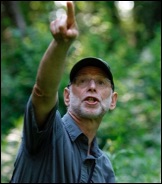
One of the last migrating birds through our park is the Yellow-rumped Warbler. It appears to be a Myrtle variety.
Always seem hard to photograph, the Yellow-bellied Sapsucker.
Names Given To Groups of Birds
Based on History and Literature
From The Verb To Bird, Peter Cashwell (Paul Dry Pub. 2003)
A gaggle of geese ( in water)
A charm of finches
A tiding of magpies
A descent of woodpeckers
A mustering of storks
A parliament of owls
A host of sparrows
A siege of herons
An unkindness of ravens
A cast of hawks
An ostentation of peacocks
A murder of crows
A walk of snipe
From An Exaltation of Larks, James Lipton (Penguin pub. 1993)
A party of jays
A gatling of woodpeckers
A murmuration of starlings
(in air)
A clutter of starlings
(on ground)
A mutation of thrushes
A fall of woodcock
A skein of geese (in air)
An exaltation of larks
A shimmer of hummingbirds
A spring of teal ( ducks)
A sorde of mallards
A rafter of turkeys
A descent of woodpeckers
A convocation of eagles
A leash of merlins
An American Tree Sparrow. Note the bicolored bill, the brown crown and clear breast with no streaking.
Upcoming Birding Tours with Jack
November 1 @ Hunter Island 9:00am. Please register with NYC Bird Alliance. No one will be turned away.
Hopefully there will be more walks during this fall migration.
Not here yet, but on the way is the Fox Sparrow.
Pete Dunne, in his book, Pete Dunne on Bird Watching: The How-to, Where-to and When-to of Birding:
"The difference between a beginning birder and an experienced one is that beginning birders have misidentified few birds. Experienced birders have misidentified thousands."
A terrific ABA blog post called "Birding is Hard" from April 22, 2015 can be found here.
A Savannah Sparrow at Orchard Beach. Note the yellow eyebrow or supercillium, heavy streaking and larger size.

The fall migration is winding down. November is the month for rarities, vagrant birds that have lost their way. We also welcome all the winter songbirds and waterfowl to our area. Here come the chickadees, nuthatches, titmice, various sparrows and the array of ducks, loons, scoter and other water loving species.
Our smiling birders on the November 1st walk at Orchard Beach.

A Field Sparrow in mid -October. The pinkish bill and eye ring make this a less confusing identification.
A Snow Goose in late November at the Oval in Orchard Beach.
The ever ubiquitous White- throated Sparrow. Actually a very beautiful bird.
Fall is the time for feeding on thistle for American Goldfinch.
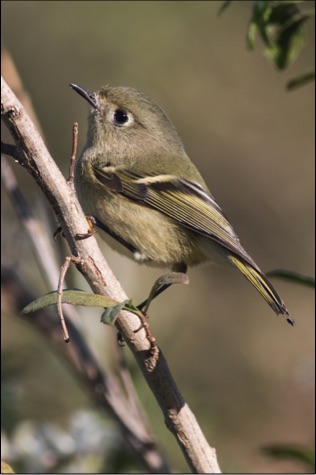
On the right is a fall plumged Ruby-crowned Kinglet. It's a little duller and we are not able to see its ruby crown in this shot. On the left is a Golden-crowned Kinglet. The Golden- crowned, on the left, is a smaller bird, sometimes confused with a hummingbird when it flies. They are both late migrants.
